packaging industrial prospect
Preface
Welcome to 2023. This is a special and challenging year for every Chinese. With the relaxation of the national epidemic prevention policy, can China’s economy return to the pre-epidemic era? Let’s wait and see. In the big wave of opening up, how can all enterprises in the printing and packaging industry find the right direction and make great achievements? “Know yourself and your enemy, and you will be invincible in all battles. Know yourself but don’t know your enemy, and you will win one victory and lose one defeat. Don’t know yourself and your enemy, you will be defeated in every battle.” This sentence comes from Sun Tzu’s strategy of attack in the art of war. Only in the right way can we achieve success, and blindly moving forward is futile. This article focuses on the main development trends of the printing and packaging industry, hoping to provide the direction for the relevant people in the printing and packaging industry.

1. Global gross output value and hot regions
The global packaging market is increasing to $275.66 billion in 2022. It’s supposed to be $289.91 billion in 2023. The growth rate is 5.1%. The data comes from Business Research, a professional economic analysis company.
In the past year, many countries have experienced economic downturn due to the COVID-19 and the Russia Ukraine war. The most obvious manifestations are soaring prices and currency appreciation. High prices have reduced people’s consumption power, thus affecting the trade development of the packaging industry. It is understood that in 2022, thousands of small enterprises in China fell.
Southeast Asia is still the main region of the packaging and printing industry. North America followed closely. According to the analysis of CNN report, the proportion of packaging and printing industry in various regions is as follows:
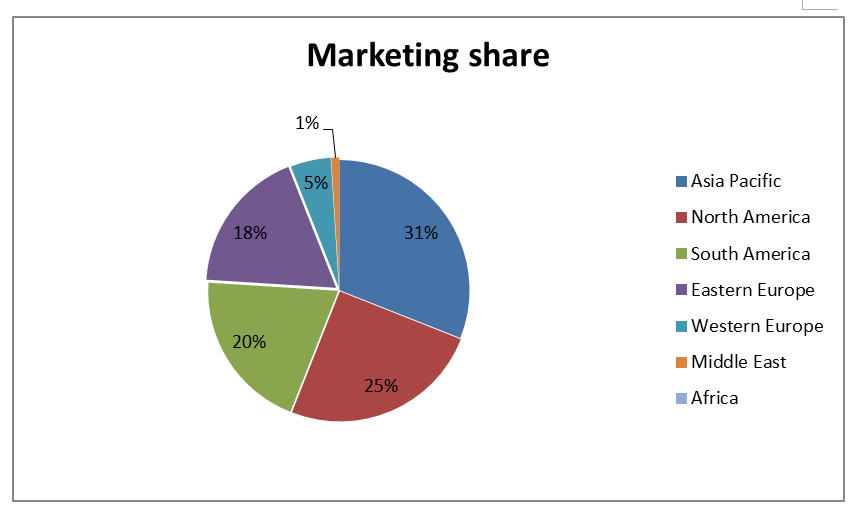
2. Iterative trend of traditional industries
2.1 Publisher

Affected by the epidemic, the printing industry entered an undervaluation period, especially for magazines and newspapers, and the number of orders dropped sharply. In 2020, the Royal Press, one of the early British newspapers, announced that it would stop printing magazines and newspapers. In addition to the epidemic, the popularity of the Internet is an important factor. In the past, people needed to rely on newspapers and magazines to obtain news information, recruitment information, etc. Nowadays, most people get information through websites, news apps and other channels.
2.2 Digital printing
Digital printing has also been impacted. All industries in the world have declined especially tourism and exhibition. The corresponding demand for advertising materials has decreased, such as brochures, picture albums, color pages, etc.
2.3 Packaging industrial

The packaging and label industry has been greatly affected because of the serious decline in the performance of its related industries and even the closure. However, the demand for packaging in the pharmaceutical industry has increased significantly, which is also the largest part of the turnover of packaging companies in recent years. In addition, the proportion of food packaging is also significant. Due to the invasion of virus, people pay more attention to the health of food and packaging.
3. Internet technology
The Internet, also known as the international network, refers to a huge network connected in series between networks. These networks are connected by a set of general protocols, forming a single and huge international network logically.
The Internet began in 1969 in the United States. Generally, the Internet refers to the Internet in general, while the Internet specifically refers to the Internet. This method of connecting computer networks can be called “network interconnection”. With the advent of low-cost chips, the Internet has also developed iteratively, not only limited to mailbox, browsing website and other functions. It is more widely used in people’s daily life, such as smart phones, smart tablets, smart appliances, etc. In recent years, the Internet has also been used in packaging machinery, such as sensors, PLC, counters, etc. I will elaborate on the following aspects.
3.1 Production management application
The production management system developed by network technology can be applied to the production and management of packaging machinery, greatly improving the production efficiency and the rigor of each link. The production manager can visually see the whole production process of the machine from the software or computer. It can accurately grasp the production efficiency and equipment quality.
3.2 Regular physical examination
Packaging machinery needs maintenance and inspection. It used to rely on skilled workers to complete the work. Now we can rely on Internet technology. The manufacturer can implant the physical examination maintenance system on the equipment. The system will conduct a comprehensive inspection of the equipment and submit an inspection report every day. Prompts and suggestions will be made in case of any problems. The technical workers complete corresponding actions according to the prompts, such as cleaning the rubber box and replacing the belt accessories.
3.3 Remote debug
In addition to the maintenance of mechanical hardware, the technical data also needs to be updated iteratively. In case of data error, the manufacturer can remotely control the PLC and perform data recovery and setting. It can be understood as the update of mobile software. Many new generation packaging machines have this function, such as ZHANTIAN MACHINERY.
4. Artificial intelligence
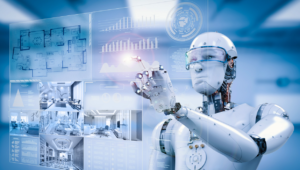
Artificial Intelligence, abbreviated as AI, is a comprehensive new discipline developed from the interaction of computer science, cybernetics, information theory, linguistics, neurophysiology, psychology, mathematics, philosophy and other disciplines. AI has gone through twists and turns since its inception, but it has finally been recognized by the world as a new frontier discipline and has increasingly attracted people’s interest and attention. Not only have many other disciplines begun to introduce or borrow AI technology, but the expert system, natural language processing and image recognition in AI have become three major breakthroughs in the emerging knowledge industry.
The idea of artificial intelligence can be traced back to Pascal and Leibniz in the 17th century, who had the idea of intelligent machines earlier. In the 19th century, British mathematician Bull and de Morgan put forward the “law of thinking”, which can be said to be the beginning of artificial intelligence. In the 1920s, British scientist Babbage designed the first “computing machine”, which was considered as computer hardware and the predecessor of human intelligence hardware. The advent of electronic computers made the research of artificial intelligence really possible.
4.1 school of thought
As a discipline, AI came out in 1956. It was first proposed by McCarthy, the “father of AI”, and a group of mathematicians, informatics, psychologists, neurophysiologists, and computer scientists at a conference held at Dartmouth University. The study of AI has formed different research schools due to different research perspectives. These are: semiotics, connectionism, and behaviorism.
Traditional AI is semiotics, which is based on the physical symbol system hypothesis proposed by Newell and Simon. The physical symbol system is composed of a group of symbol entities. They are all physical patterns. They can appear as components in the entities of the symbol structure, and can generate other symbol structures through various operations. The physical symbol system hypothesis holds that the physical symbol system is a sufficient and necessary condition for intelligent behavior. The main work is “General Problem Solver” (GPS), which transforms a real system into a symbolic system through abstraction. Based on this symbolic system, dynamic search method is used to solve problems.
The connectionist school starts from the structure of human brain nervous system, studies the nature and ability of non-programmed, adaptive and brain-style information processing, and studies the group information processing ability and dynamic behavior of a large number of simple neurons. People also call it neural computing. The research focuses on simulating and realizing the perception, perception, image thinking, distributed memory, self-learning and self-organization processes in the process of human cognition.
The behaviorist school starts from behavioral psychology and believes that intelligence is only manifested in the interaction with the environment.
4.2 development history
The first stage: the rise and neglect of AI in the 1950s
After the concept of artificial intelligence was first proposed, a number of remarkable achievements have appeared successively, such as machine theorem proving, checker program, general problem solving program, LISP table processing language, etc. However, due to the limited reasoning ability of the resolution method and the failure of machine translation, artificial intelligence has reached a low point. The characteristics of this stage are: pay attention to the method of problem solving, and ignore the importance of knowledge.
The second stage: from the late 1960s to the 1970s, the emergence of expert systems brought a new upsurge in AI research. The research and development of expert systems, such as DENDRAL chemical mass spectrometry analysis system, MYCIN disease diagnosis and treatment system, PROSPECTIOR prospecting system, Hearsay-II voice understanding system, have led artificial intelligence to practicality. In addition, the International Joint Conferences on Artificial Intelligence (IJCAI) was established in 1969.
Stage 3: In the 1980s, with the development of the fifth generation of computers, AI has been greatly developed
In 1982, Japan began the “fifth generation computer development plan”, namely the “knowledge information processing computer system KIPS”, whose purpose is to make logical reasoning reach the speed of numerical calculation. Although this plan ultimately failed, its development has formed a wave of research on artificial intelligence.
Stage 4: At the end of the 1980s, neural networks developed rapidly
In 1987, the United States held the first international conference on neural networks, announcing the birth of this new discipline. Since then, countries have gradually increased their investment in neural networks, and neural networks have developed rapidly.
Stage 5: In the 1990s, there was a new research upsurge in artificial intelligence. Due to the development of network technology, especially the Internet technology, the research of artificial intelligence has begun to shift from single intelligent agent to distributed artificial intelligence based on network environment. It not only studies the distributed problem solving based on the same goal, but also studies the multi-objective problem solving of multiple intelligent agents, making AI more practical. In addition, due to the proposed Hopfield multi-layer neural network model, the research and application of artificial neural network has been flourishing. AI has penetrated into all fields of social life.
IBM’s “Dark Blue” computer has defeated the world chess champion of mankind. The United States has formulated an information superhighway plan with multi-agent system application as an important research content. Softbot (soft robot) based on agent technology has been fully applied in the software field and network search engine. At the same time, Sandia Laboratory of the United States has established the largest “virtual reality” in the world “The laboratory plans to achieve more friendly human-computer interaction and establish better intelligent user interfaces through data helmets and data gloves. Image processing and image recognition, sound processing and sound recognition have made good progress. IBM has launched the ViaVoice sound recognition software to make sound as an important information input medium. International major computer companies have begun to use” artificial intelligence “As its research content, it is generally believed that computers will develop in the direction of networking, intelligence and parallelization. The field of information technology in the 21st century will focus on intelligent information processing.
4.3 Main areas
At present, the main research contents of AI are: distributed AI and multi-agent system, artificial thinking model, knowledge system (including expert system, knowledge base system and intelligent decision system), knowledge discovery and data mining (mining useful knowledge from a large number of incomplete, fuzzy and noisy data) Genetic and evolutionary computation (through the simulation of biological genetic and evolutionary theory, reveal the evolution law of human intelligence), artificial life (explore the mystery of primary intelligence by constructing simple artificial life systems (such as robot worms) and observing their behavior), artificial intelligence applications (such as fuzzy control, intelligent buildings, intelligent human-machine interfaces, intelligent robots, etc.), and so on.
Although many achievements have been made in the research and application of artificial intelligence, there is still a long way to go from comprehensive promotion and application. There are still many problems to be solved, and the cooperation of multidisciplinary research experts is required. The research directions of AI in the future mainly include: AI theory, machine learning model and theory, imprecise knowledge representation and reasoning, common sense knowledge and reasoning, artificial thinking model, intelligent human-machine interface, multi-agent system, knowledge discovery and knowledge acquisition, AI application foundation, etc.
4.4 Embodiment on folder gluer machine
When operating the folder gluer machine, many operators will encounter a technical problem – how to adjust the machine to adapt to different box types.
When an experienced mechanic sees a shape or box, it can adjust the mechanical parameter setting or position very quickly, fast and high yield production. Therefore, people are very dependent on experienced skilled workers.
Today, AI is developing rapidly. At present, many printing related equipment and machines. They all have similar intelligent functions. People can store complex setup data related to specific format or box parameters.
When generating again, it only needs to reload the data set last time. To some extent, this reduces the requirements for technology.

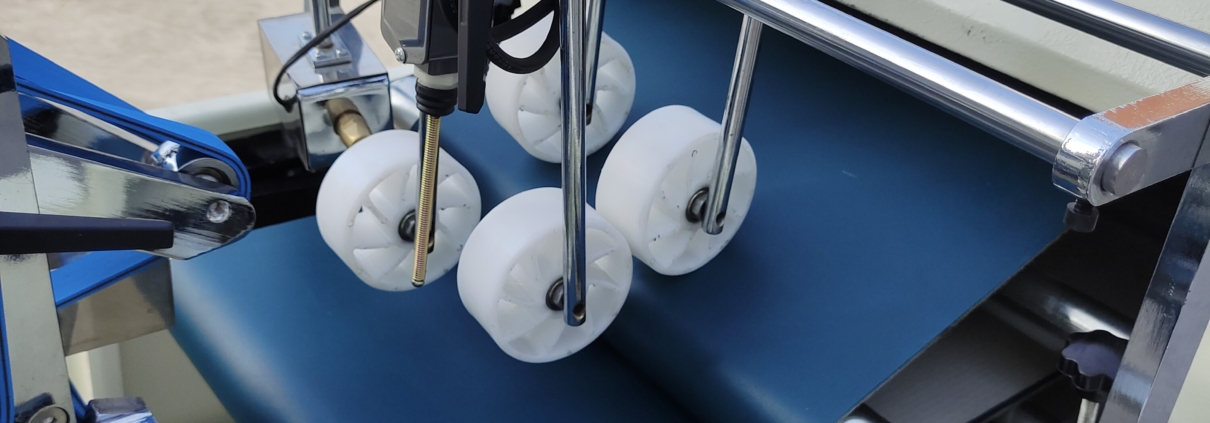
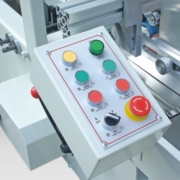
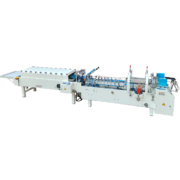
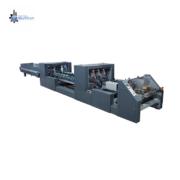


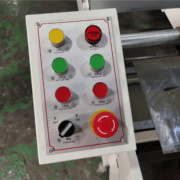
As I web site possessor I believe the content material here is rattling excellent , appreciate it for your hard work. You should keep it up forever! Best of luck.
nice blog.